Description
WHAT IS ASSISTED LIVING?
Seniors who have debilitating medical conditions or who are simply aging may start to feel the strain and lack of safety living in a private residence without help. Family members, caregivers, or friends may begin to voice their concerns about the senior continuing to live on their own too.
When this occurs, questions arise regarding alternative living situations such as assisted living. How do seniors and their loved ones know that it’s time? How do they select the right place for the senior to live where they will continue to thrive?
In the following article, we are covering some frequently asked questions about assisted living and providing seniors and their loved ones with the latest information and updates to best help with their decision process.
WHAT IS ASSISTED LIVING?
Assisted living is a form of housing for individuals who require daily personal and medical care. This often includes elderly residents or residents with specific medical conditions that prevent them from safely and independently living in their own home.
Housing comes in the form of single or shared apartments with a bedroom, living room area, kitchen, and bathroom. Patients are allowed to come and go as they please like they would if they were living at home, but have additional services available for their unique needs.
HOW MUCH IS ASSISTED LIVING?
The overall cost of assisted living varies depending on the company, the state, and how long the resident plans to live at the facility. In the United States, the average cost of assisted living is approximately $4,300/month. Assisted living facilities with luxury amenities will cost more than facilities located in low-income areas and less available amenities.
WHAT TYPE OF CARE IS PROVIDED?
Assisted living provides a wide variety of certified, professional care including:
24-hour emergency care
Nursing and physician care
Social services
Daily meals as needed
Housekeeping and maintenance
Recreational services
Rehabilitative services (physical therapy, occupational therapy, and speech therapy) as needed
ADL (activities of daily living) assistance including bathing, dressing, and hygiene as needed
Medication monitoring and management
Residents require a wide variety of care and may not need all of the available services provided by the facility. However, as each resident ages and their health status changes, those services are in place in the event they come to rely on them in the near future.
WHEN IS IT TIME FOR ASSISTED LIVING?
Assisted living is an alternative living option for men and women who can no longer live safely in their private or current homes. Assisted living usually caters to aging adults who’s health have deteriorated to the point where they require a certain level of daily and personal medical care, but can still move about freely and conduct most of their self-care independently. Here’s an example:
Cedric is an 81 year old man who lost his wife to cancer last year. He has been living on his own in a multi-level home. He rarely socialized with others in his community. His daughter is concerned about his safety. His vision has deteriorated to the point where he is unable to safely make his own meals in the kitchen, and he’s fallen several times in the last 6 months. He has type 2 diabetes and struggles with administering his own medication due to poor vision and fine motor coordination. However, the patient can complete basic tasks like showering, dressing, hygiene, and toileting without help. Cedric and his daughter start to research assistive living possibilities.
It’s a very personal decision to leave a private residence and transition to assisted living. Family members and seniors can also consult with medical professionals for further advice to see if assistive living is right for them.


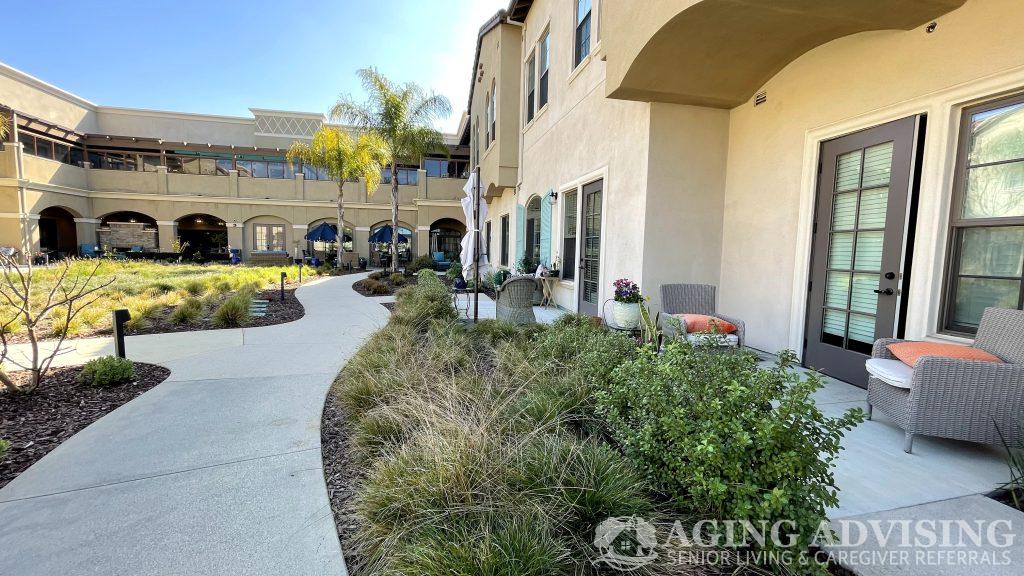
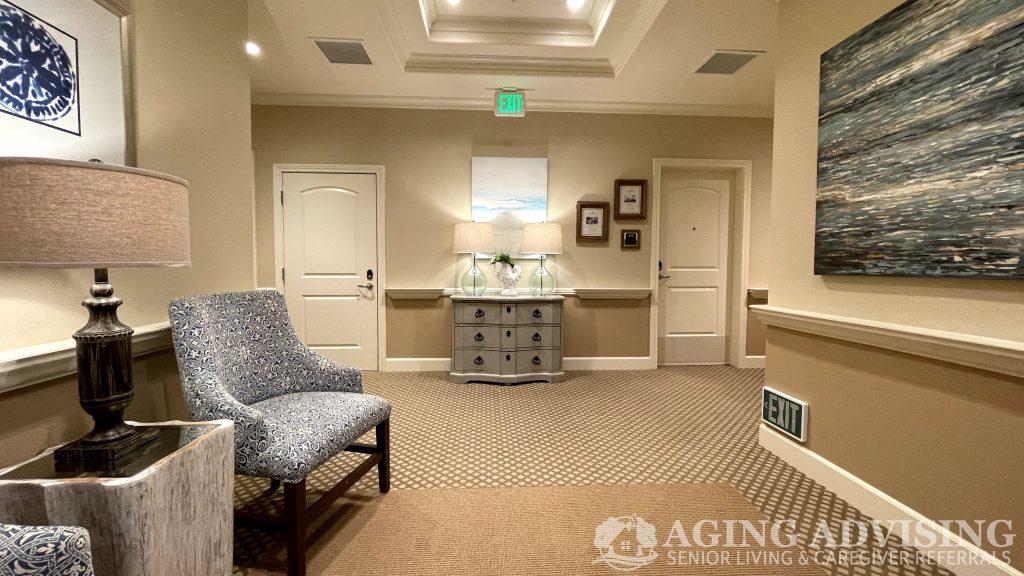

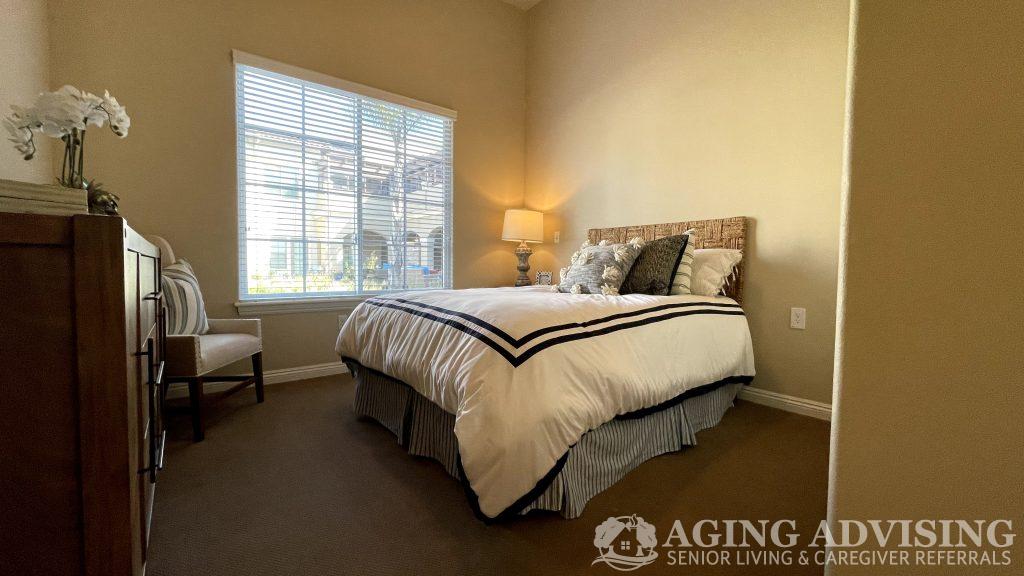
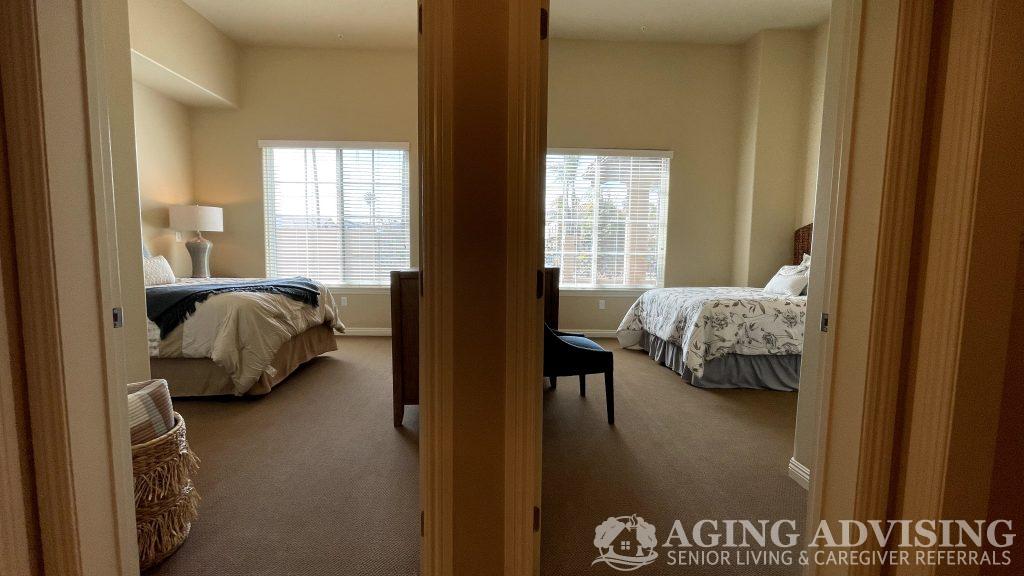
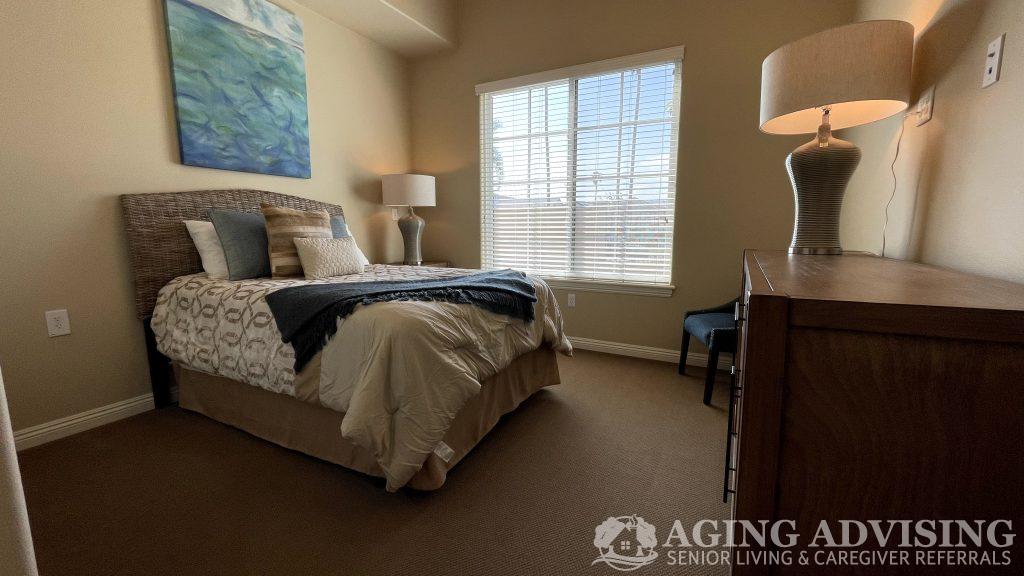
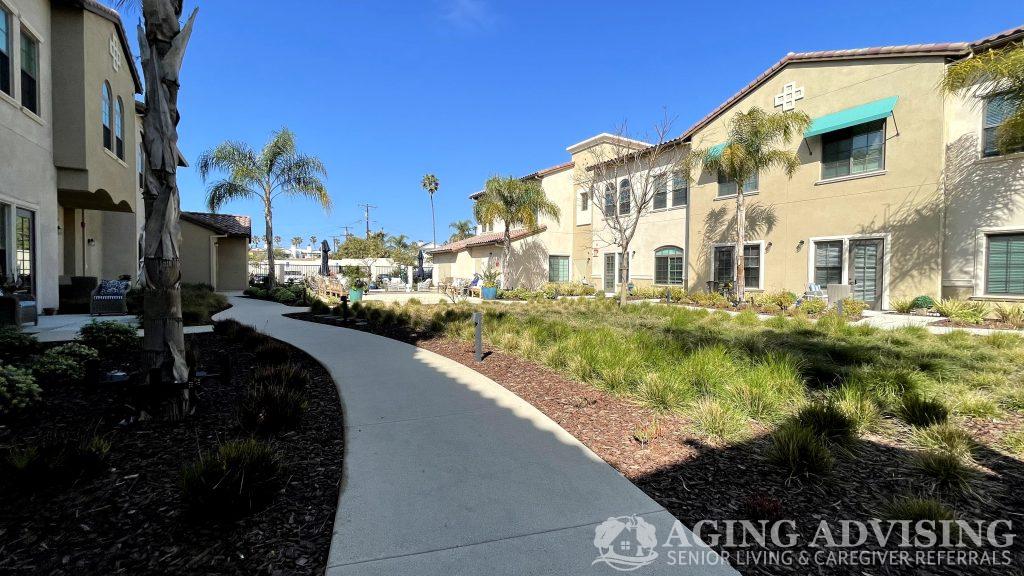
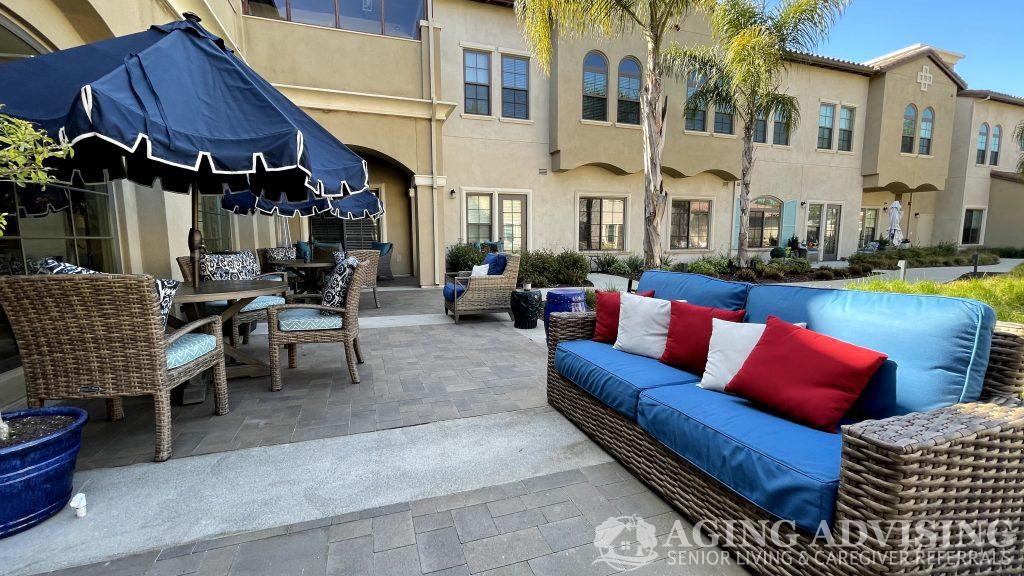

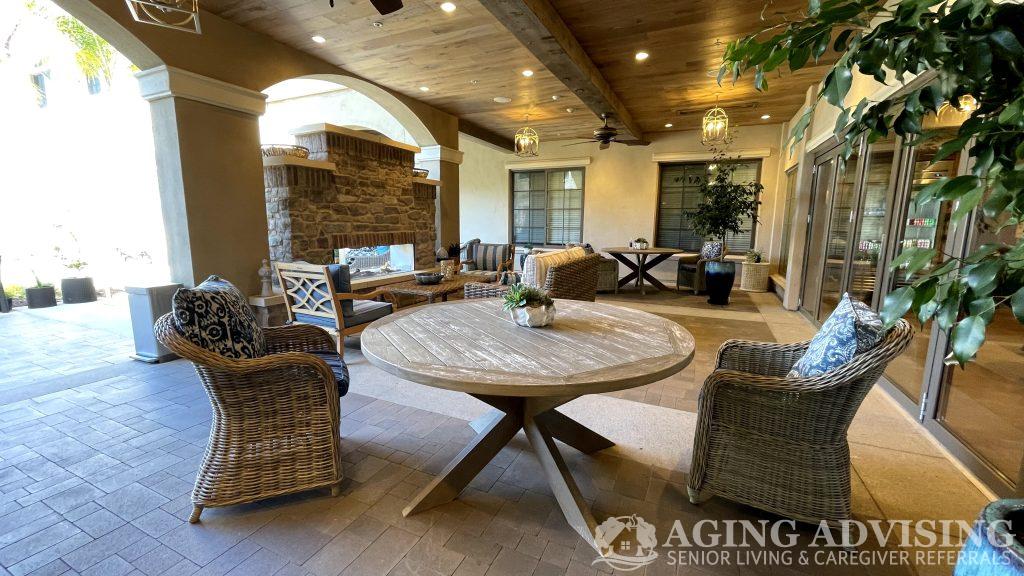
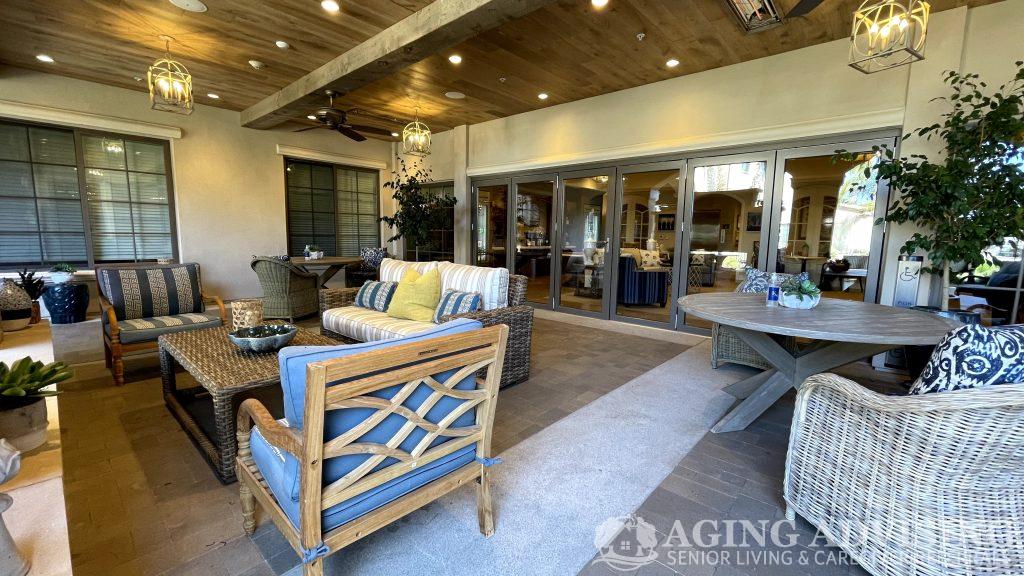


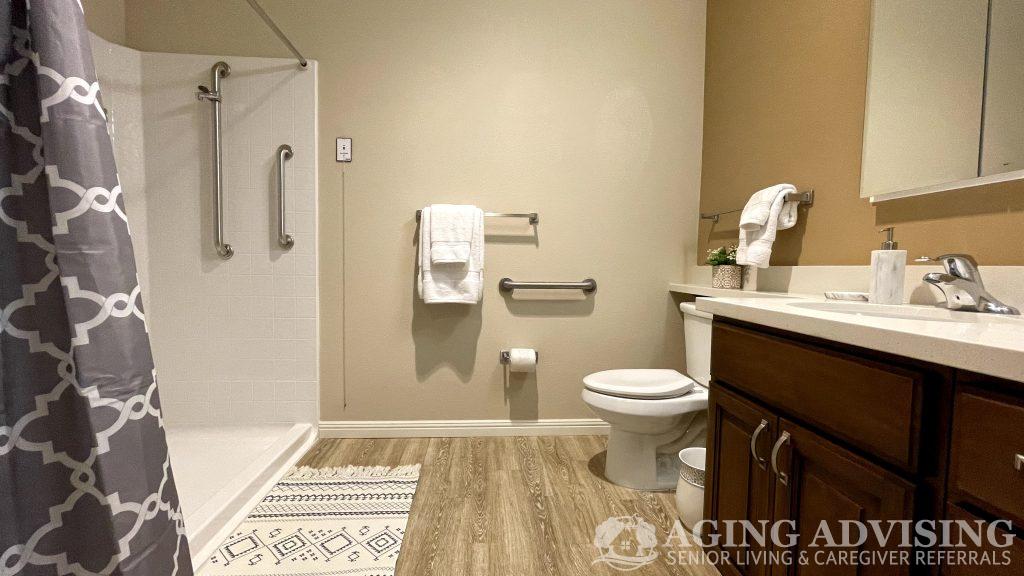
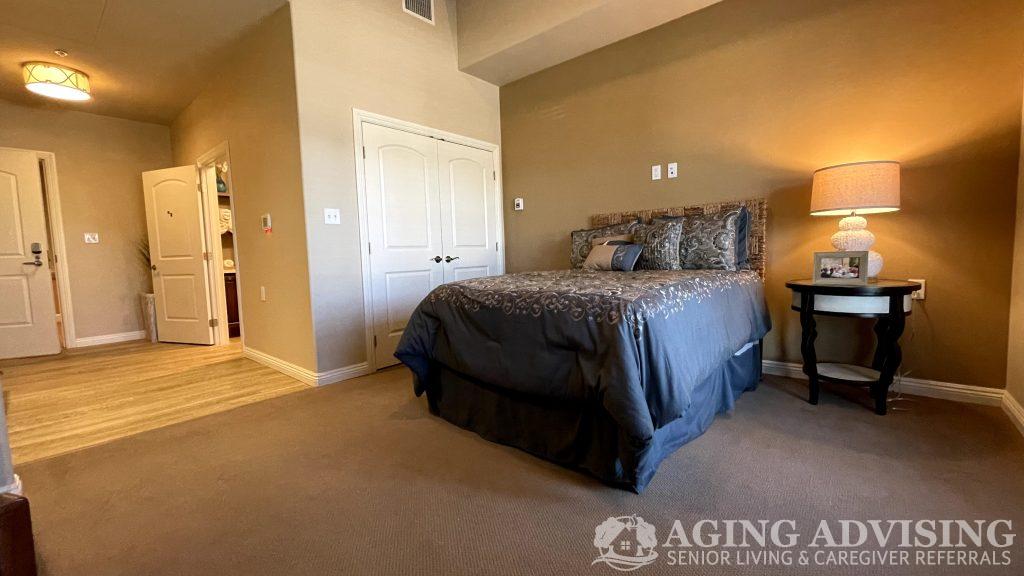
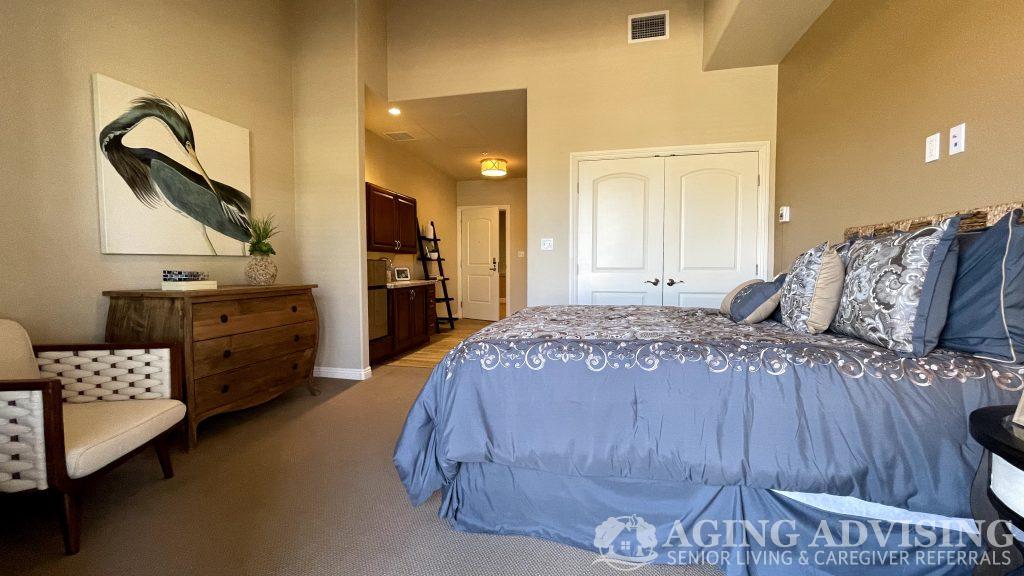
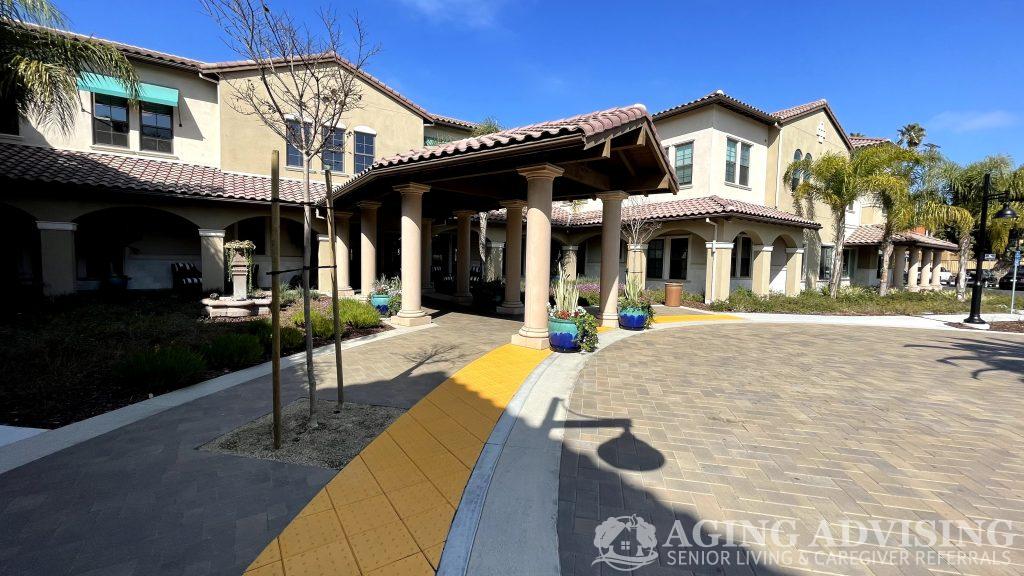
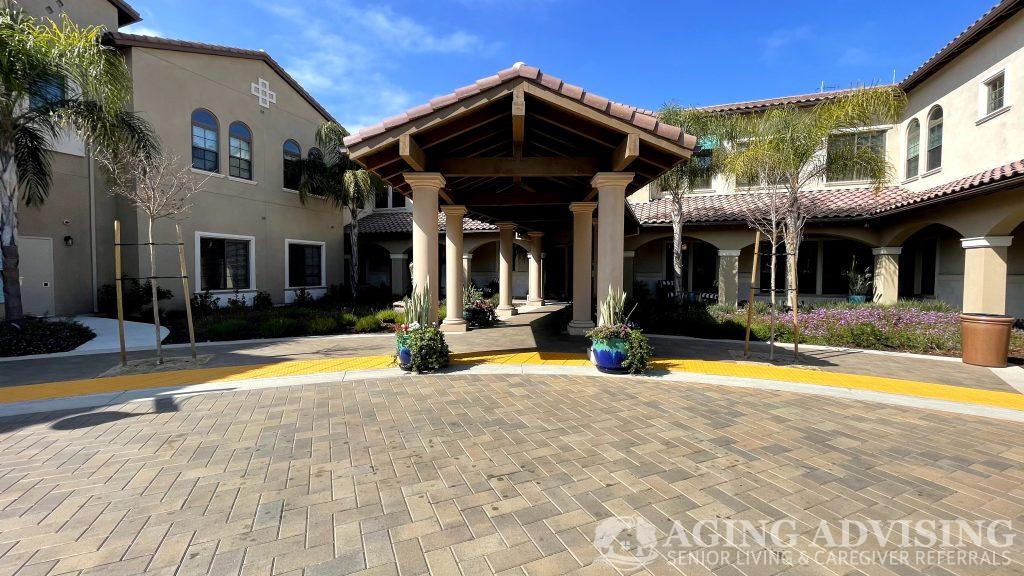



Add a comment